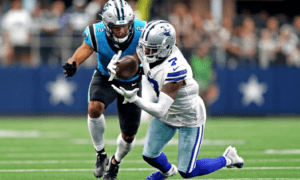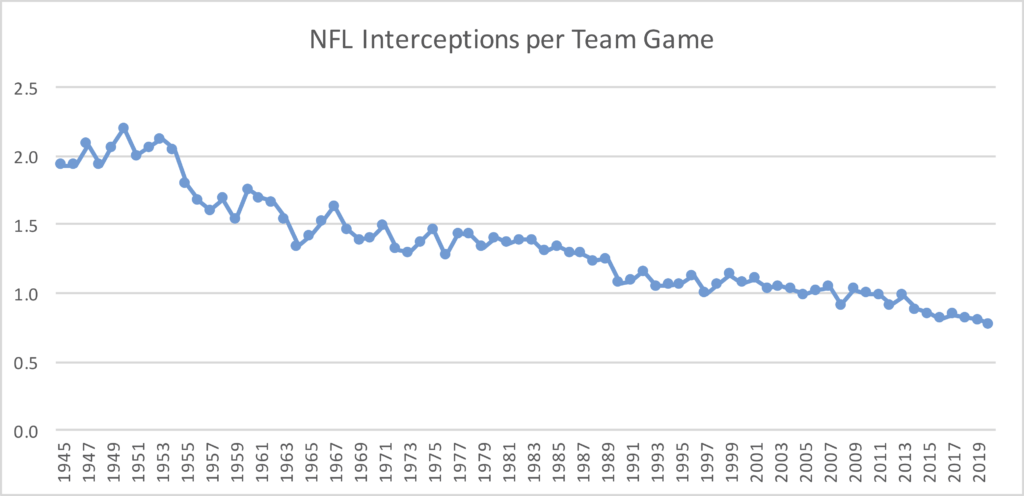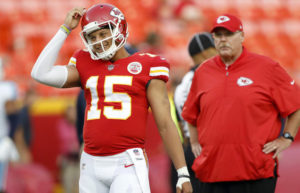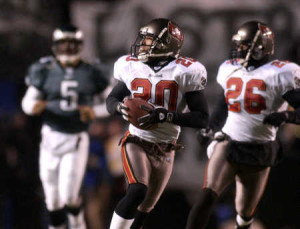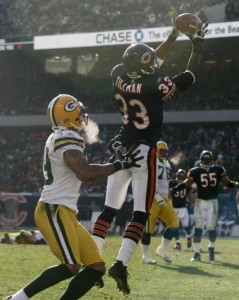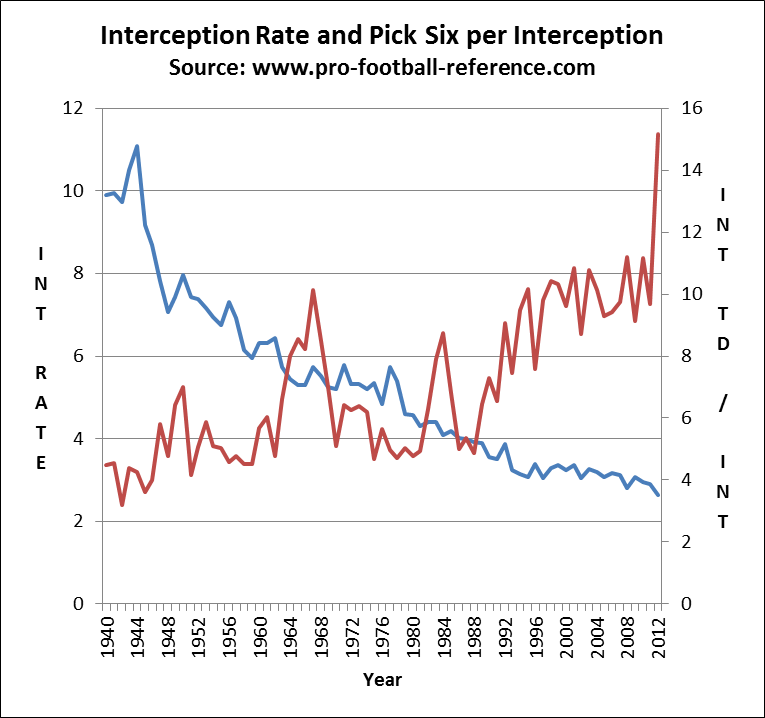When I wrote the original article, Tom Brady was tied for the most TD/INT titles in league history. He led the league in TD/INT ratio in 2007, 2010, 2015, and 2016. That tied him with Roger Staubach and Charlie Conerly, who also each led the NFL in the category in four different seasons. However, since then, Aaron Rodgers has broken the record.
Rodgers led the NFL in TD/INT ratio in 2011, 2013, and 2014. Then, in 2018, he had one of the best TD/INT seasons of all time. This was not a vintage Rodgers season by any stretch — he was actually slightly below league average in Net Yards per Attempt and the Packers went 6-9-1 and ranked 14th in scoring — but he threw 25 touchdowns and just two interceptions. That 12.5 ratio of passing touchdowns to interceptions remains the 4th best of all time among qualifying passers (14 attempts per team game), and is the best mark in NFL history among quarterbacks who started more than 12 games in a season.
Rodgers was about to repeat as TD/INT leader in 2019, but an interception in the final two minutes of the final game allowed Drew Brees to win the crown. But Rodgers then had two more MVP seasons in 2020 and 2021, and easily led the NFL in TD/INT ratio both seasons. Rodgers threw more than 9 touchdowns per interception both years; Patrick Mahomes finished 2nd in 2020 at 6.33-to-1, while Kirk Cousins (4.71) was the runner-up in 2021.
That means Rodgers has led the NFL in TD/INT ratio an incredible six times in his career: 2011, 2013, 2014, 2018, 2020, and 2021. Since then, Jared Goff with the Lions and C.J. Stroud (as a rookie!) with the Texans have won the crown. And in 2024, Lamar Jackson ran away with things to win his first TD/INT crown. He led the NFL in touchdown rate and had the second-best interception rate, finishing with 41 passing TDs and just 4 INTs, a 10.25 ratio that is one of the best marks in history. [continue reading…]


